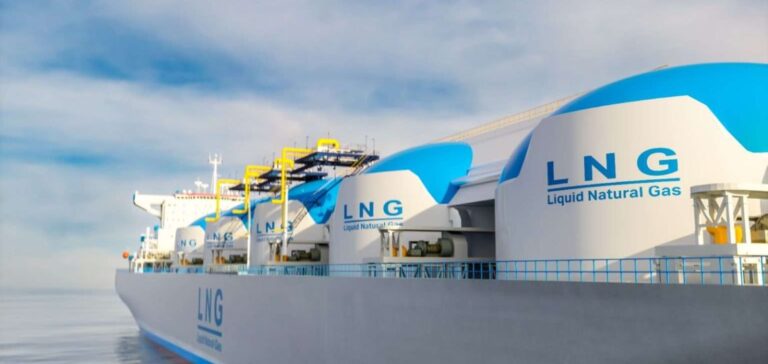The global liquefied natural gas (LNG) engine market is projected to reach $10.7 billion by 2033, up from $5.4 billion in 2023, according to forecasts from Allied Market Research published on March 25. This growth, underpinned by a compound annual growth rate of 7.1%, reflects the rapid expansion of LNG infrastructure and efforts in several countries to reduce reliance on diesel and petroleum-based fuels.
Transport and power generation in focus
LNG engines are attracting increasing interest in the maritime and power generation sectors. In the latter, their higher efficiency and lower emissions position them as a competitive alternative to coal and diesel. The power generation segment, in particular, represents the market’s leading revenue source, with a projected growth rate of 7.0%. On the maritime side, the implementation of Annex VI of the MARPOL Convention by the International Maritime Organization (IMO), capping marine fuel sulphur content at 0.5%, is driving operators towards LNG-based solutions.
Asia-Pacific leads investment activity
Asia-Pacific remains the market’s primary growth hub, with an expected CAGR of 7.5%. Countries such as India and China are scaling up incentive programmes, notably India’s plan to establish 1,000 LNG fuelling stations by 2030. The region also benefits from strategic partnerships, such as the Asia-Pacific Partnership on Clean Development and Climate between India, Japan and China, facilitating technology deployment in the transport and energy sectors.
Geopolitical shifts and energy trade restructuring
The growth of LNG engines is reshaping global energy dynamics. By reducing oil dependency, it allows major consumers such as the European Union, India and China to diversify their energy supplies. In 2023, European LNG imports reached 155 billion cubic metres, up 60% from 2021. Leading producers including the United States, Qatar and Australia have capitalised on this shift, while countries like Indonesia are investing domestically, exemplified by its initiative to convert 41 diesel-fired power plants to LNG.
Strategic investments in supply chains
Simultaneously, investments in LNG storage, distribution and refuelling infrastructure are intensifying. The heavy-duty trucking sector, which accounts for a significant share of India’s diesel consumption, is a key focus of conversion strategies. Companies such as Tata Motors and Ashok Leyland are developing LNG-compatible truck models, backed by tax incentives and regulatory easing. In January 2025, Indian start-up Blue Energy Motors raised $100 million to expand production, tripling sales to 3,000 trucks in the following financial year.





















